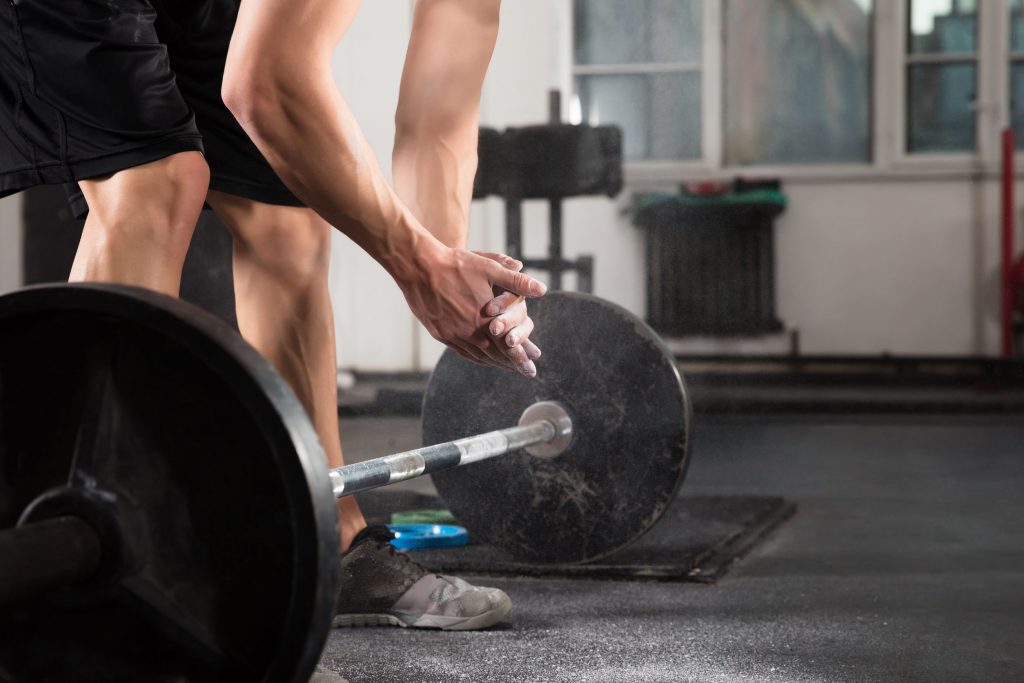I often tell people that what “connects” you to the barbell during the deadlift isn’t your hands.
Rather, it’s your lats.
Having the ability to engage them and firing on all cylinders during the set-up and execution has profound ramifications on deadlift technique and performance.
The thing is: For some trainees, asking him or her to “turn on your lats” is akin to understanding Klingon or, I don’t know, being able to perform long division.
What are “lats?”1
How in the heck do you turn them on?2

Squeeze the Orange
External cuing for the win!
This is one of my all-time favorite cues, and one I use often because it accomplishes a lot when it comes to cleaning up deadlift technique:
- It promotes more full-body tension.
- It promotes more posterior tilt of scapulae, providing a smidge more of a biomechanical advantage. Hey, every little bit helps!
- It helps to engage the lats to higher degree, which aids in upper back tension and less chance of rounding.
- It evidently does NOT help in preventing me from being awkward AF at the end of this video.
- Latissimus dorsi: With insertion & origin points at the humerus (upper arm bone) as well as the spinous processes of the vertebrae in the middle and lower back it’s the largest muscle in the upper body. It’s also the muscle that’s targeted when you use the lat pulldown machine…;o)
- If you’re reading this footnote and didn’t read the entire post above…I’m not mad, just disappointed.


